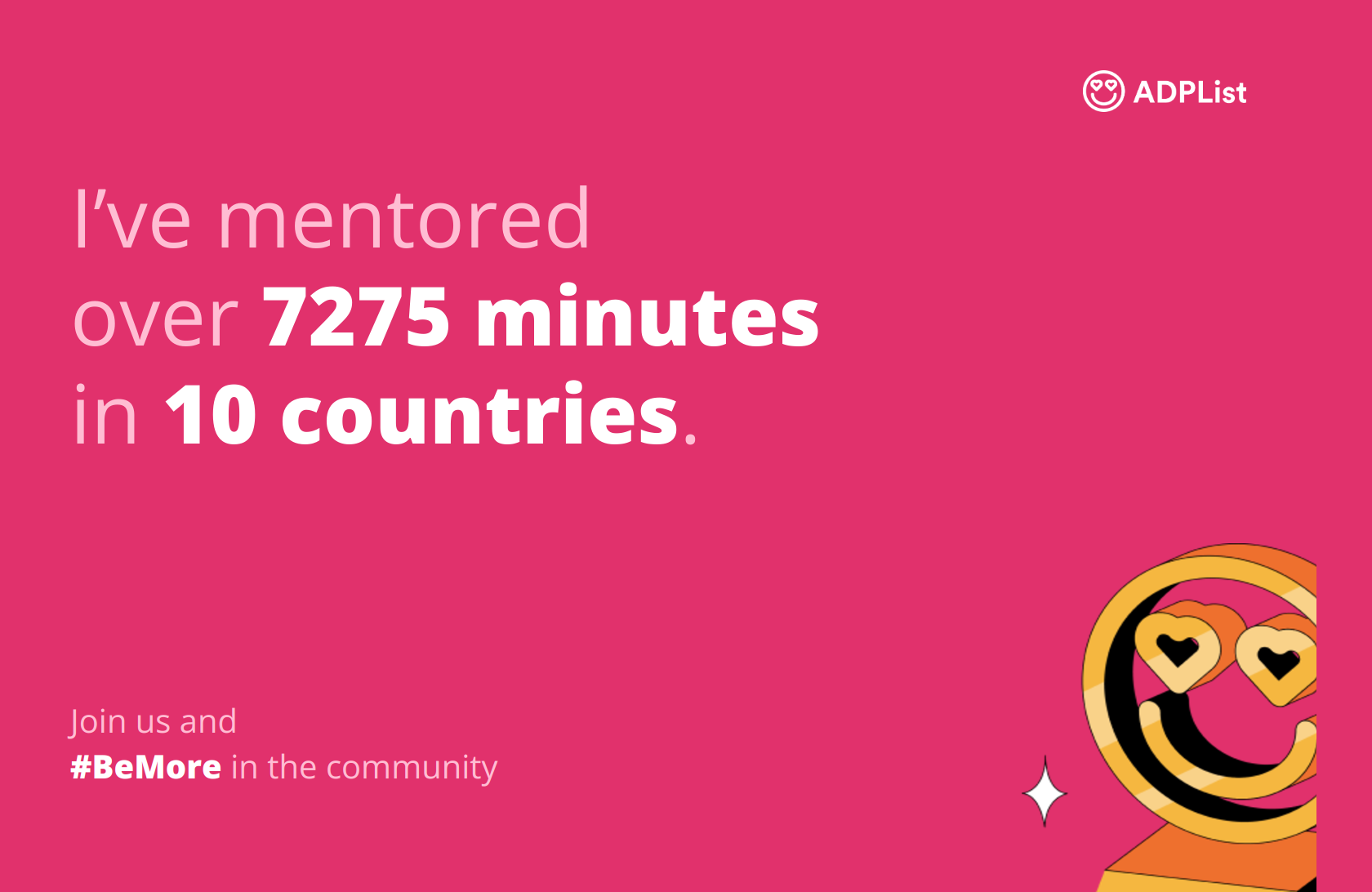Research
Strategy
Design
As a seasoned UX designer, I specialize in crafting experiences that extend beyond digital into physical environments, with a strong emphasis on understanding business needs. My design philosophy, rooted in timeless principles, drives meaningful results across industries. By staying at the forefront of human behavior, society, and technology, I consistently deliver user-centric designs that align with business goals and foster growth.
Mastering complexity through systematic solutions
Identify the Problem
Complex projects often come with a high degree of ambiguity. Opportunities can easily be overshadowed by legacy issues and an unclear vision for the future.
Break it Apart
It’s important to deconstruct the problem to analyze individual pieces. This helps drive a more productive conversation and avoids conflating problems.
Put it Back Together
Reconstruct it using the good bits and dumping the bad. By breaking down features into user needs, simpler solutions can often be found.
BQE Software
A project management and billing SaaS solution for architecture firms who bill projects in phases. Offers advanced analysis of project profitability and opportunities for optimizations.
Identify the problem
Customers primarily voiced concerns about usability, particularly navigation and comprehension challenges. Leadership suggested a project-centric restructuring, but its implementation remained unclear. After a leadership change, the new team had to decide whether to pursue this approach.
Breaking it apart
I visualized the big picture to guide discussions with leadership, focusing on customer feedback and their desired processes. Previous research was too feature-specific, missing broader context. I explored customer questions to uncover new profit strategies. By synthesizing these elements into information architecture models, I worked with Product Managers, Development, and leadership to refine and align the team.
Putting it back together
The analysis enabled clearer communication and iterative refinement. We adopted a time-based model, segmenting work phases to enhance user focus. I developed a low-fidelity prototype encompassing all product sections. The content strategy emphasized simplicity, using data glances for easier navigation. The prototype gave leadership a tangible vision and helped developers accurately estimate efforts, leading to a prioritized roadmap for upcoming quarters.
Spectrum
Smart City projects within Spectrum Enterprise size-12's Innovation Team in partnership with city and state governments. Various projects explored the art of the possibile with the use of smart sensors.
Identify the problem
Spectrum partnered with Ohio DOT to improve railroad crossings using sensors to detect and predict train activity. However, the tech team struggled with data utilization due to the project size-12's broad scope, resulting in disjointed meetings that lacked clear direction.
Breaking it apart
To understand the project size-12's components, I assessed what the sensors could reveal and the level of predictions we could make. With data arriving from installed sensors, I analyzed project requirements, data points, stakeholders, and communications to determine what we could realistically build.
Putting it back together
My analysis led to three phases, each with a distinct user experience. I created a developer dashboard for data tracking and predictions. The next phase focused on proving reliability to Ohio DOT, with final delivery awaiting more insights to refine the end-user solution.
Project under NDA
Book a MeetingDisney
Disney World was working on the launch of MagicBands, an RFID bracelet that stores guests' park tickets, hotel keys, reservations, photos, credit, and more.
Identify the problem
Disney aimed to engage entire families in travel planning but faced unclear, conflicting requirements from legal and product teams. The overuse of "user" for parents, teens, and pre-teens within a single use case created confusion, preventing a cohesive product definition.
Breaking it apart
I analyzed the guest demographics, their planning preferences, and family dynamics to align the system with their needs. I reviewed requirements with legal, coordinated with product teams, and identified key planning behaviors to ensure the product could meet diverse family expectations.
Putting it back together
I introduced "characters" to represent family groups, simplifying internal communications. Recognizing one “alpha” planner per trip, we streamlined collaboration features and clarified kid’s account terminology through testing. I integrated product team designs into usability tests for further refinement.
Amazon
Withoutabox is Amazon size-12's 2 sided marketplace which allows indie filmmakers to submit their work to film festivals.
Identify the problem
The outdated festival management system had complex, overlapping features, making it hard for sales, support, and tech teams to assist customers. Festivals struggled to track submissions, and there was no clear understanding of how film festivals operated, leading to inefficient support.
Breaking it apart
I led interviews with festivals of varying sizes and mapped their processes to find commonalities. I researched differences to identify unique requirements and maturity levels. I also reverse-engineered the system, filling knowledge gaps and documenting system flows to align them with user needs.
Putting it back together
I found that festivals had unique niches but similar processes, reducing the need for customization. We simplified the system, guiding festivals through judging stages and adding a to-do list for judges. We further enhanced the solution with a FireTV app for secure, large-screen film viewing.
IMDbPro
In 2002, IMDb launched a version of their site dedicated to entertainment professionals. It aimed to provide the tools professionals needed to advance their career and their projects.
Identify the problem
The site’s database-centric design made it difficult for users to find features they had already paid for, leading to confusion and underutilization of existing tools. The business had no clear way to introduce new features without adding confusion, limiting the site’s effectiveness.
Breaking it apart
I began by understanding user interactions and conducting a full inventory of content and features. I ensured the new structure would accommodate planned enhancements, focusing on separating organizational structure from site structure. I analyzed click data and aligned it with user requests to identify key improvements.
Putting it back together
I restructured the site around user tasks, using the pace layer principle to create flexibility for future enhancements. The content and features were organized by jobs to be done, ensuring consistency across devices. Navigation changes were designed for gradual implementation to measure and optimize their impact.

